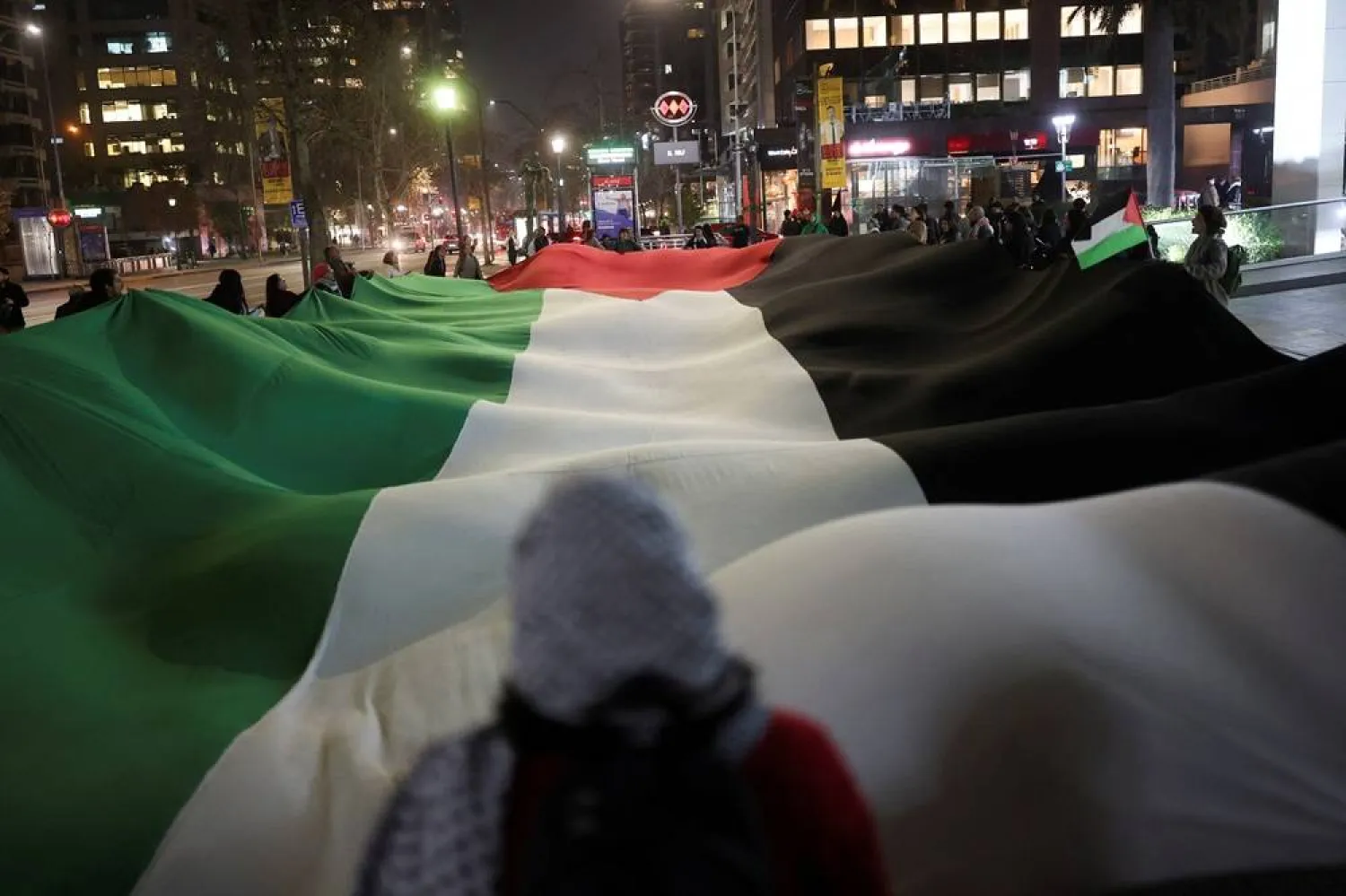Egyptian President Abdel Fattah el-Sisi’s talk about the Negev Desert as an alternative destination to transfer the Palestinians of Gaza to “until Israel ends its operations,” brought back the spotlight on that region, which has long been mentioned in projects aimed at displacing Palestinians from the West Bank and the Gaza Strip, or within various notions known as “land exchange.”
However, the idea of moving the Palestinians to that area has always been met with rejection regionally and internationally, according to experts in Israeli affairs, who spoke to Asharq Al-Awsat.
The Egyptian president warned on Wednesday of the continuation of military operations in the Gaza Strip, saying that they would have “security and military repercussions that could get out of control.”
In a press conference after talks with German Chancellor Olaf Scholz, Sisi stressed that the displacement of Palestinians to Sinai “means transferring the fighting” to that area, which will become “a base for attacking Israel.”
In this context, he pointed to the possibility of transferring the Palestinians to the Negev desert “until Israel ends its operation in Gaza.”
Common borders
The Negev Desert stretches over an area exceeding 14,000 square kilometers, in the southern regions of the occupied Palestinian territories. It borders Jordan to the east and the Sinai Desert to the west. It is separated from the Red Sea by the city of Eilat to the south. The city of Hebron (south of the West Bank) is one of the closest Palestinian cities to its north.
Despite this vast area, the population does not exceed 100,000 citizens, according to Palestinian estimates. Those live in 46 villages, 36 of which are not recognized by the occupation authorities.
According to Palestinian media reports, the Arab communities in the Negev Desert “suffer clear neglect by the Israeli occupation authorities,” despite the establishment of settlements and military projects in limited areas of that region, most notably the Dimona nuclear reactor.
In remarks to Asharq Al-Awsat, expert in Israeli affairs at Al-Ahram Center for Political and Strategic Studies Dr. Saeed Okasha said the Negev Desert was a poor region in terms of resources.
He emphasized an Israeli desire “to get rid of [the region] in exchange for more useful lands for Israeli settlement projects, or for plans that serve the displacement of Palestinians to neighboring countries.”
Okasha went on to say that the Negev Desert proposal within the ideas of exchanging lands with neighboring countries or with the Palestinian Authority “has been on the table since the 1950s.”
It was presented for the first time to former Egyptian President Gamal Abdel Nasser, who rejected it.
The expert in Israeli affairs added that the land exchange was proposed again in 2000 to late Palestinian President Yasser Arafat, in exchange for giving up 600 square kilometers of West Bank land to expand Israeli settlements, but Arafat also refused.
In early 2010, former Israeli National Security Advisor Giora Eiland published a study in which he indicated that the new Kingdom of Jordan was the homeland of the Palestinians, and should consist of three regions that include the West and East Banks and Greater Gaza, which takes part of Egypt.
Egyptian writer and political analyst Sleiman Gouda said that the Israelis’ constant feeling of the limited strategic depth of their territories was the reason behind their continuous desire to expand whenever the opportunity arose.







